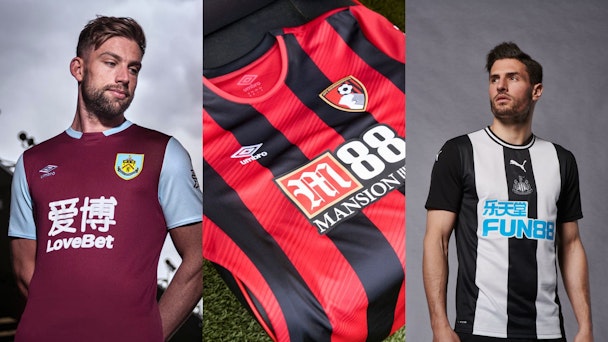This season, substitute the football ad cliches for creative that stirs emotions
In today’s complicated and fractious communications world, brands really need to go the extra mile to stand out. This is the case in sports advertising as much, if not more, than anywhere else.

In the early days of the Premier League season let’s work harder to end the football ad clichés
And making your mark means doing more than pushing a footballer in front of a camera, expecting them to read along to a pre-written script that links with an often equally jarring sponsorship logo on a team shirt.
It’s clear that this remains the dominant model in football-related advertising. Whether it’s Brentford FC’s bizarre sponsorship deal with a funeral director, or Wayne Rooney strutting around Derby County’s ground holding a number 32 shirt to emphasise the club’s tie-up with gambling firm 32Red, there are no shortage of terrible football ads.
But there are some great ones too – and these tend to have something in common.
Take Pepsi Max’s ‘Last can standing’ featuring Lionel Messi and Mo Salah, and the ensuing viral sensation when a seven-year-old Iranian boy tried to replicate their moves online so that his idol would see him play. The focus here was on the unifying, aspirational, inclusive nature of sport.
So, now the Premier League season is hitting its stride, let’s hope that an increasing number of brands learn to embrace the magic and the power of football, and are not too corrupted by the corporate greed and laziness that often surrounds it.
Paddy Power’s ‘Save our shirt’ campaign, which calls for sponsors to stop ‘bastardising’ football shirts, is in the right vein. In total contrast to 32Red’s domination of Rooney’s arrival at Derby, the club’s sponsorship of Huddersfield Town opened with an unveiling of the team’s shirt with the brand’s logo slapped all over it before Paddy Power apparently “unsponsored” the team and removed its name entirely. Parodying the ridiculous behaviour of gambling rivals while tapping into real fan sentiment. This captured people’s attention because, after all, fans don’t love being a walking advertising hoarding, especially when that brand has little, or no, previous connection to their club or community.
Above all, what Paddy Power and Pepsi have shown is that advertising that stirs the emotions leads to sales, and football is inherently emotive. As the first weekends of the Premier League season have already shown, there is drama and suspense, there are heroes and villains, winners and losers. Football provides an unpredictable, unscripted but universal language, and the ensuing content and media, too, must be fan-centric, connected, interactive, and diverse.
That’s why it’s time to get rid of the cliches in football advertising and focus, instead, on telling the stories on and off the pitch, and on celebrating football as a connecting and healing force. Simply dressing a top player in your branded team shirt and slapping up billboards and perimeter boards around a pitch was never a good look, and now it’s even worse.
Scott Fenton is chief marketing officer at Copa90
